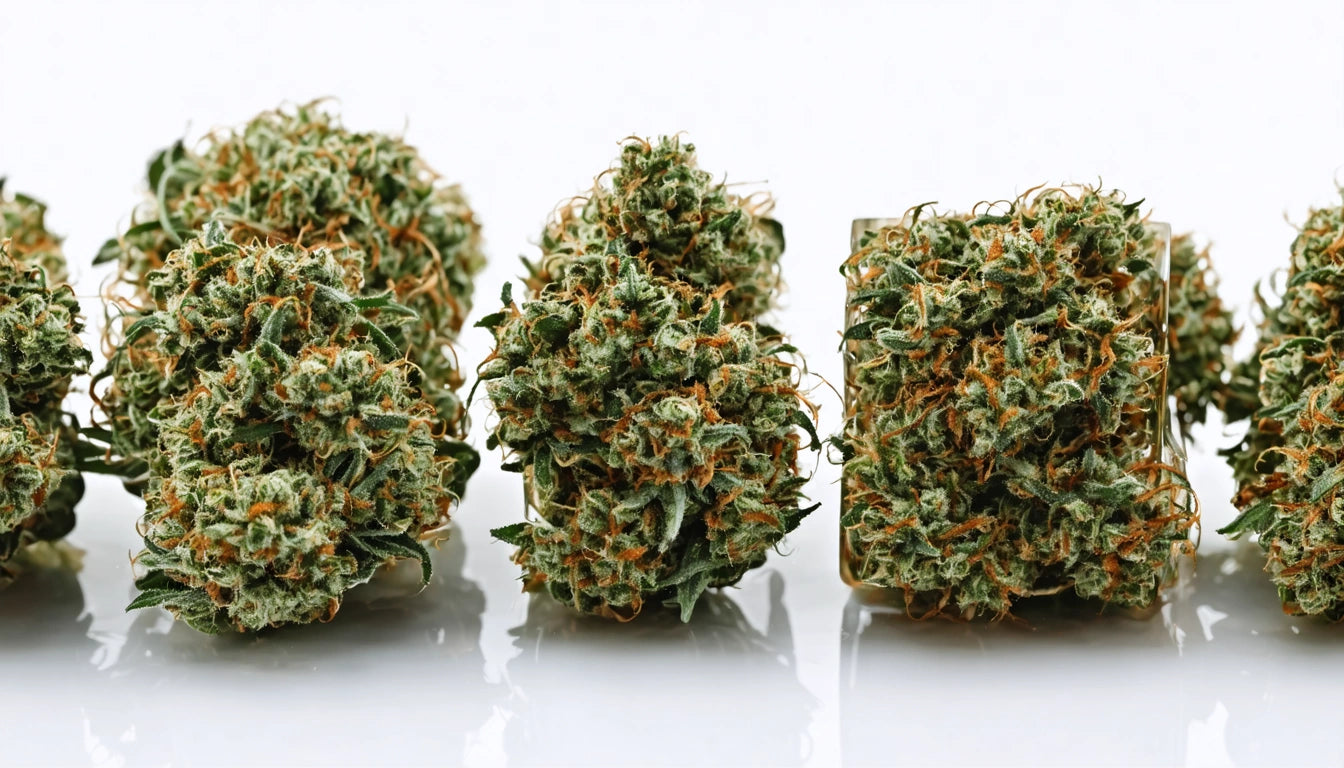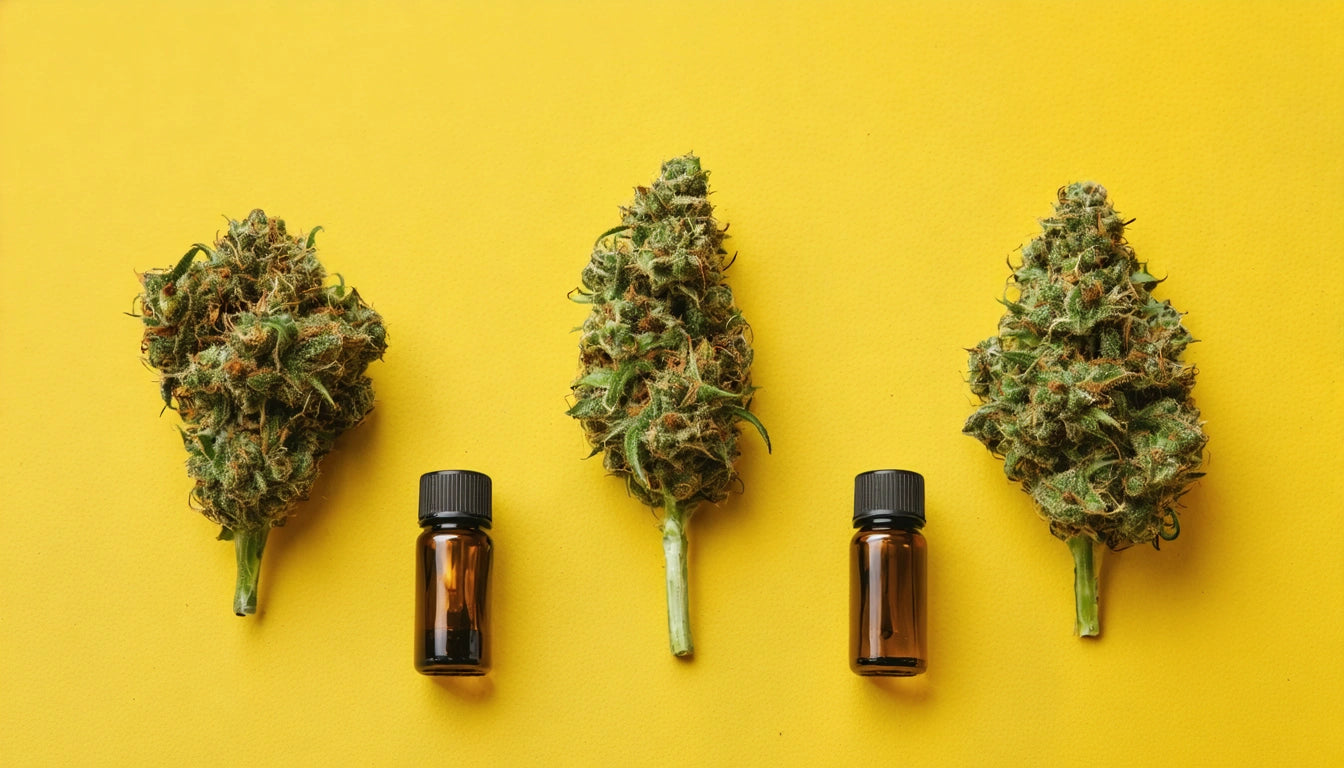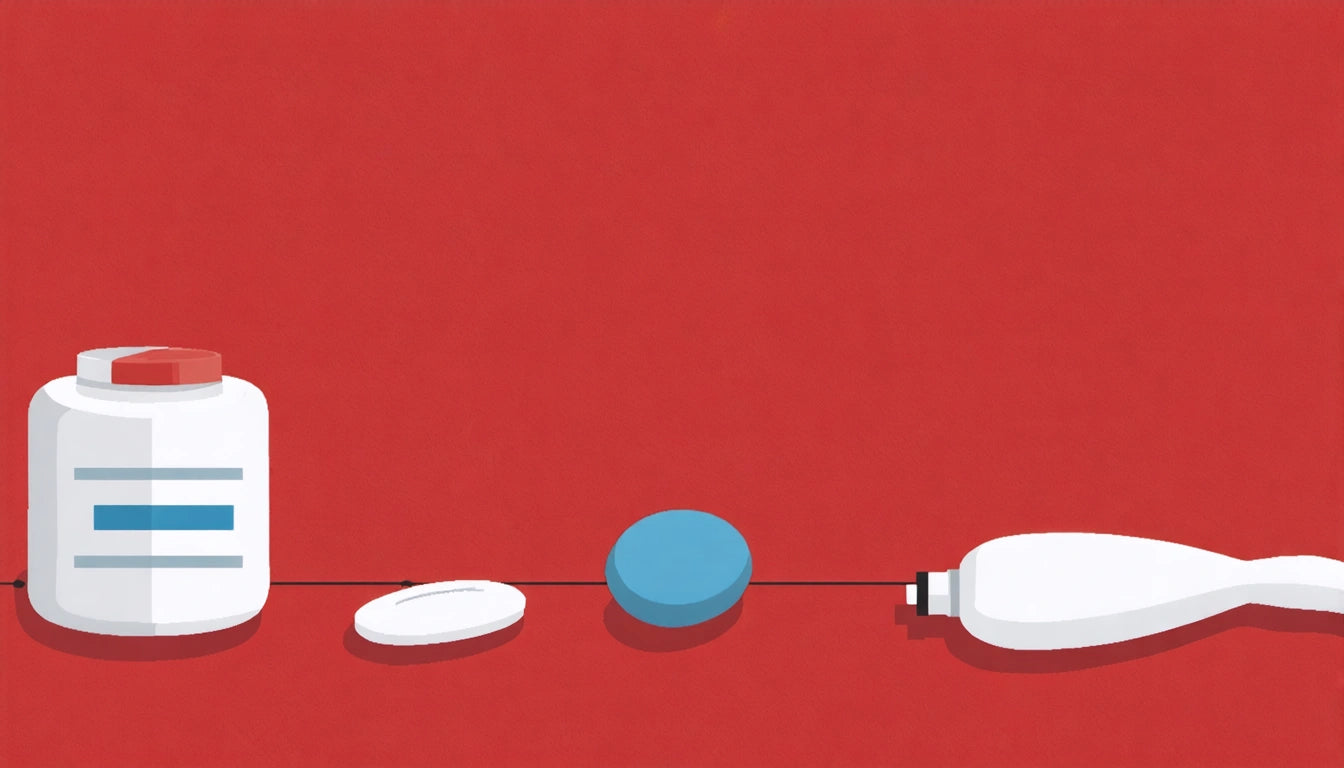Table of Contents
Optimal Temperature and Humidity for Drying Cannabis
Achieving the perfect dry for your cannabis harvest requires precise control over both temperature and humidity. The best temperature for drying weed typically ranges between 60-70 °F (15-21 °C) with relative humidity levels of 45-55%. These conditions allow for a slow, controlled drying process that preserves terpenes, cannabinoids, and overall quality. This guide explores the science behind these parameters and how to maintain them throughout the drying process.
Importance of Proper Drying Conditions
Proper drying is arguably the most critical post-harvest phase for cannabis quality. Too rapid drying leads to harsh smoke and diminished flavor, while too slow can promote mold growth. According to research on optimal humidity levels, maintaining the right environmental conditions can increase final potency by up to 30% compared to improperly dried cannabis.
The drying process affects:
- Terpene preservation (responsible for aroma and flavor)
- Cannabinoid profile development
- Smoothness of the final product
- Shelf-life and resistance to mold
- Overall user experience
Ideal Temperature Range for Drying Cannabis
The best temperature for drying cannabis falls between 60-70 °F (15-21 °C). This range allows moisture to evaporate gradually without degrading sensitive compounds. Temperatures above 75 °F (24 °C) can cause terpenes to evaporate prematurely, while temperatures below 60 °F (15 °C) may extend drying time excessively, increasing the risk of mold.
How Temperature Affects Cannabis Quality
Temperature influences several aspects of the drying process:
- 60-65 °F (15-18 °C): Slower drying, maximum terpene preservation, ideal for connoisseur-grade cannabis
- 65-70 °F (18-21 °C): Balanced drying rate, good terpene retention, practical for most growers
- 70-75 °F (21-24 °C): Faster drying, acceptable quality but some terpene loss
- Above 75 °F (24 °C): Significant terpene degradation, increased risk of THC conversion to CBN (causing sedative effects)
Optimal Humidity Levels for Drying Cannabis
While temperature is important, humidity control is equally critical. The best humidity for drying weed varies slightly depending on the drying stage, but generally falls between 45-55% relative humidity (RH). This range prevents both mold development and overly rapid drying.
According to studies on optimal humidity levels for cannabis, maintaining precise RH control can significantly impact the final quality of your harvest.
Humidity Requirements Through Different Drying Phases
- Initial drying (first 3 days): 55-60% RH to allow gradual moisture release
- Mid-drying phase (days 4-7): 50-55% RH as the material continues to dry
- Final drying phase (days 7-10): 45-50% RH to finalize the process
- Transition to curing: 60-65% RH in sealed containers
Setting Up Your Drying Room
Creating the optimal environment requires proper equipment and setup:
- Air circulation: Gentle, indirect airflow prevents stagnant air without directly blowing on buds
- Temperature control: Air conditioning, heaters, or climate controllers as needed
- Humidity regulation: Dehumidifiers, humidifiers, or combination units
- Monitoring: Digital hygrometers placed at multiple locations
- Light control: Minimal light exposure (ideally complete darkness)
For maintaining these conditions consistently, many commercial growers use specialized environmental controllers. However, home growers can achieve good results with basic equipment and careful monitoring.
Common Temperature and Humidity Mistakes
Even experienced growers can make these common errors when drying cannabis:
- Rushing the process: Using higher temperatures to speed drying sacrifices quality
- Inconsistent conditions: Allowing temperature or humidity to fluctuate widely
- Poor air circulation: Creating pockets of stagnant, humid air around buds
- Overcrowding: Hanging plants too close together, restricting airflow
- Inadequate monitoring: Not checking conditions regularly throughout the process
As noted in this guide on properly drying cannabis at home, patience is essential for quality results. The best conditions for drying weed require constant attention and adjustments.
Storage Considerations After Drying
Once your cannabis reaches the proper dryness (stems snap rather than bend), proper storage becomes crucial. Many cultivators use airtight glass jars with quality lids to maintain ideal humidity during the curing process. These containers help preserve terpenes and prevent over-drying while allowing periodic "burping" to release excess moisture.
For long-term storage after curing, maintain:
- Temperature: 60-65 °F (15-18 °C)
- Humidity: 58-62% RH (often maintained with humidity packs)
- Dark environment to prevent light degradation
- Minimal air exposure
The best temperature and humidity to dry weed may differ slightly from ideal storage conditions, which is why the transition between these phases requires careful monitoring.
Advanced Techniques for Perfect Drying Results
For those seeking to maximize quality, several advanced approaches can further enhance results:
- Two-stage drying: Initial drying at 60-65 °F/60% RH followed by a second phase at 65-70 °F/50% RH
- Wet trimming vs. dry trimming: Each affects drying rate and terpene preservation differently
- Whole-plant hanging: Slower, more even drying compared to individual branches
- Automated climate control: Using programmable systems to create slight day/night temperature variations
- Freeze-drying: Commercial technology for ultra-rapid drying while preserving terpenes
As explored in this resource on drying autoflowers, even slight variations in technique can significantly impact the final product.
The best temps for drying weed ultimately depend on your specific goals, whether prioritizing maximum terpene preservation, processing speed, or balanced results. By understanding these principles and maintaining proper environmental control, you can consistently produce high-quality dried cannabis that maintains its potency, flavor, and appeal.











Leave a comment
All comments are moderated before being published.
This site is protected by hCaptcha and the hCaptcha Privacy Policy and Terms of Service apply.